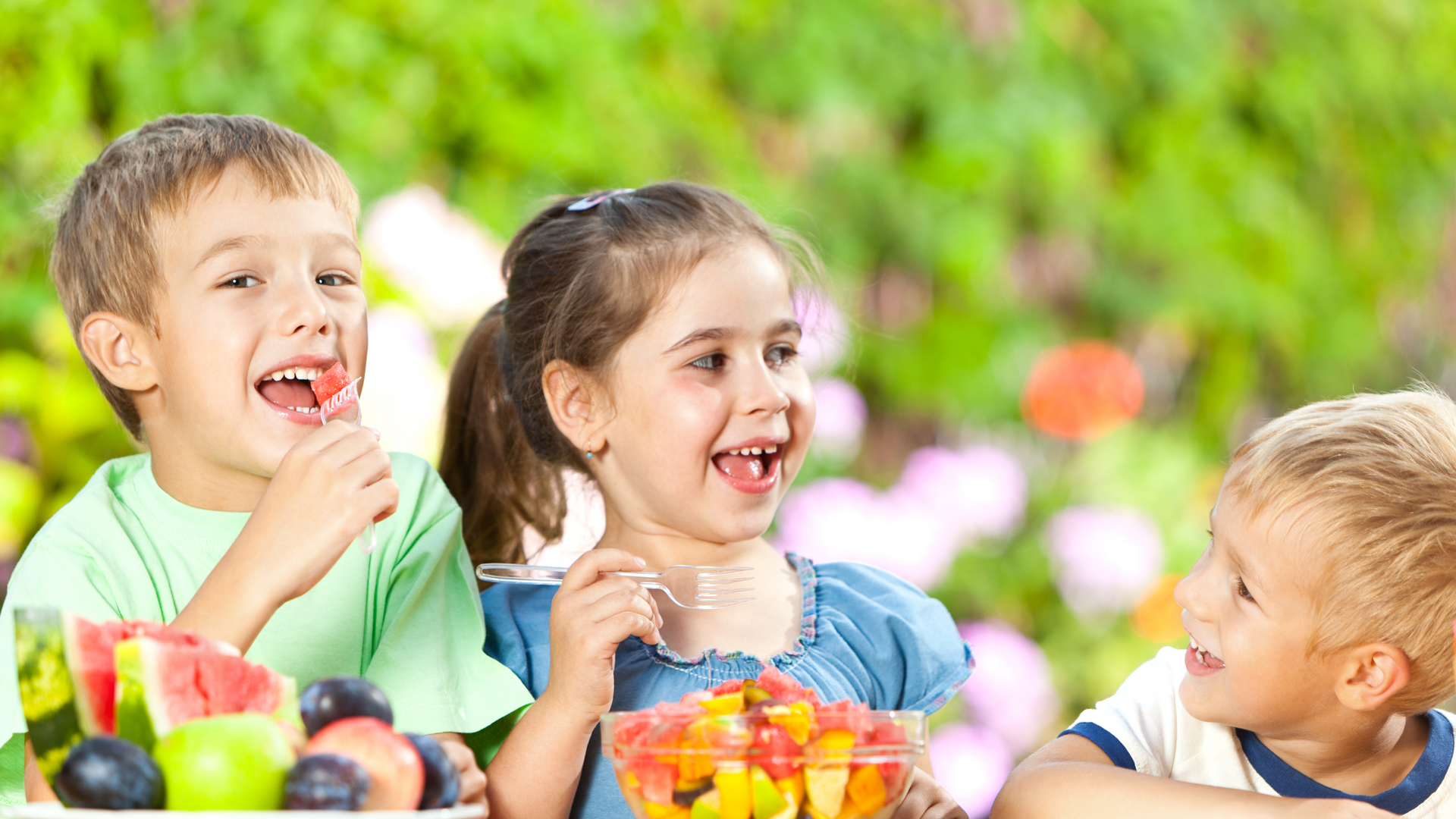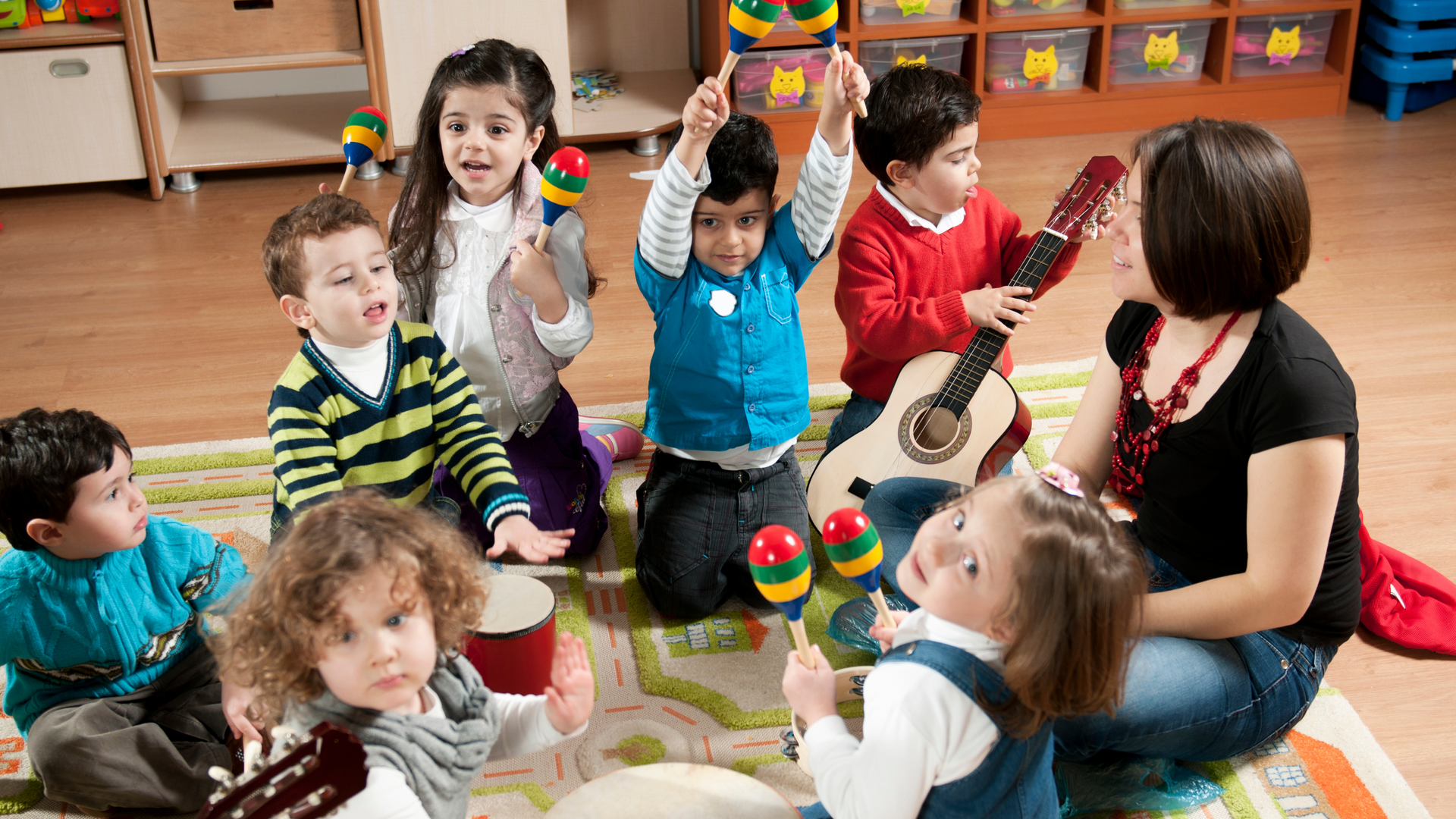Healthy Bites: Creating Nutritious Meals Kids Actually Enjoy

Getting young children to eat healthy is a daily adventure for parents and educators alike. One day they’re all about broccoli, and the next, they’ve sworn off anything green. But here’s the good news: children are more likely to develop lifelong healthy eating habits when good nutrition is made fun, flavorful, and a regular part of their routine.
At EduKids Academy, we know the importance of balanced meals and snacks in helping children thrive. Nutritious food supports not only physical growth but also cognitive development, emotional well-being, and the energy needed to stay active and engaged in learning.
So how do we create meals that are both healthy and kid-approved? Read on to explore our strategies, tips for parents, and how we’re helping children develop a positive relationship with food from the start.
Why Nutrition in Early Childhood Matters
The early years are a critical window for establishing healthy eating patterns. During this time, a child’s brain is rapidly developing, their bodies are growing at impressive speeds, and their taste preferences are being shaped. Nutritious meals in these formative years are essential for:
- Cognitive development: Nutrients like iron, omega-3 fatty acids, and vitamins A, C, and D are vital for brain health and learning ability.
- Physical growth: Protein, calcium, and other key nutrients support bone development and muscle strength.
- Immune support: A balanced diet helps keep illnesses at bay by boosting immunity.
- Behavior and focus: Balanced blood sugar levels help children stay calm, focused, and ready to learn.
A child who’s fueled properly is a child who’s better equipped to explore, socialize, and succeed—both in and out of the classroom.
EduKids Academy’s Approach to Nutritious Meals
At EduKids Academy, we make food fun, inclusive, and nourishing. Whether it’s lunchtime in the classroom or snack time after outdoor play, our meals follow thoughtful nutritional guidelines designed for young children.
1. Balanced and Colorful Plates
We serve meals that include a variety of food groups and colors—because when food looks exciting, kids are more likely to try it! A typical plate might include:
- Lean protein: grilled chicken, turkey meatballs, tofu, beans
- Whole grains: brown rice, quinoa, whole wheat pasta
- Fruits and veggies: steamed broccoli, carrot sticks, sliced strawberries, apple wedges
- Healthy fats: avocado, nut butters (where allergies allow), olive oil dressings
- Dairy: yogurt, low-fat cheese, or calcium-fortified alternatives
Colorful meals are not only visually appealing but also ensure a wide range of vitamins and nutrients.
2. Limiting Added Sugars and Processed Foods
We’re careful about added sugars and processed snacks. Instead of sugary cereals or pre-packaged treats, we serve naturally sweetened items like:
- Fruit kabobs
- Yogurt with a drizzle of honey and fresh berries
- Homemade muffins made with applesauce or mashed banana
By reducing sugar, we help children avoid energy spikes and crashes that can lead to crankiness and lack of focus.
3. Introducing New Foods with Familiar Favorites
We understand that young children can be hesitant about trying new foods. That’s why we use familiar favorites as a bridge. For example:
- Mixing new vegetables into favorite pasta dishes
- Offering a small "taste bite" of something new alongside a well-loved food
- Using fun shapes and creative plating to make meals more appealing
By offering new foods without pressure and repeating exposure, we build curiosity and acceptance over time.
4. Family-Style Dining for Social Learning
Whenever possible, our mealtime routine mimics family-style dining. Children help serve themselves (with guidance), pass dishes, and engage in mealtime conversations. This approach:
- Promotes independence and fine motor skills
- Encourages children to try what others are enjoying
- Builds a positive, social relationship with food
Tips for Parents: Healthy Eating at Home
Creating nutritious meals kids love doesn’t have to be a battle at home. Here are some helpful tips for parents:
1. Make Meals Predictable
Serve meals and snacks at consistent times each day to create structure. Children do best when they know what to expect.
2. Offer Variety Without Pressure
Expose children to a range of healthy foods, even if they don’t always eat them. Avoid pressuring or bribing—it can backfire. Instead, model enjoyment by eating the foods yourself.
3. Get Kids Involved
Let children help with age-appropriate tasks in the kitchen. Washing produce, stirring ingredients, or choosing a vegetable at the grocery store can increase their excitement about meals.
4. Keep Portions Kid-Sized
Young children have small stomachs and different energy needs. Offer small portions and allow seconds if they’re still hungry. Avoid the "clean plate" rule—let them listen to their hunger cues.
5. Make Healthy Snacks Available
Keep prepped fruits, veggies, yogurt, and whole-grain crackers within easy reach. Avoid stocking sugary snacks, and instead let your kitchen be filled with nutritious options.
Fun and Healthy Meal Ideas for Kids
Here are some tried-and-true ideas that are big hits with little learners:
- DIY Mini Pita Pizzas: Whole wheat pita, tomato sauce, veggies, and shredded cheese
- Breakfast Smoothies: Blended banana, spinach, Greek yogurt, and frozen berries
- Bento Boxes: Small compartments with hard-boiled eggs, cucumber slices, cheese cubes, and orange wedges
- Oven-Baked Veggie Tots: Made with shredded zucchini, carrots, and a little cheese
- Fruit & Cheese Skewers: Cubed melon, grapes, and cheddar on toothpicks
When food is presented in fun and manageable ways, children are more likely to enjoy eating—and try something new!
How Mealtime Supports Learning and Growth
Nutritious meals aren't just about physical health—they support a child's whole development:
- Cognitive Benefits: Certain nutrients enhance memory, attention, and language skills
- Emotional Well-being: Balanced nutrition helps regulate mood and energy
- Social Skills: Shared meals promote communication, sharing, and table manners
- Cultural Learning: Food provides a window into different cultures and family traditions
By turning mealtime into a learning moment, children grow not just healthier, but also more aware and connected.
Food Allergies and Special Diets
At EduKids Academy, we take allergies and special dietary needs seriously. Our staff is trained in allergy awareness and safe food handling. We work closely with families to accommodate:
- Peanut and tree nut allergies
- Dairy or gluten sensitivities
- Vegetarian or cultural dietary restrictions
Parents are always encouraged to share any dietary concerns so we can ensure a safe, inclusive experience for every child.
Final Thoughts
Healthy eating doesn’t have to be a struggle. With the right approach, children can learn to enjoy nourishing meals and develop a positive relationship with food that lasts a lifetime. At EduKids Academy, we’re proud to create an environment where nutrition supports curiosity, learning, and joyful growth.
When we combine nutritious food with love, fun, and consistency, healthy bites truly become happy bites.
If you’re exploring early childhood programs that support your child’s growth in every area—including nutrition—check out our articles on The 7 Advantages of Early Childcare Enrollment and What’s the Best Age to Start Childcare? to learn more about how EduKids Academy helps children thrive from the inside out.





















